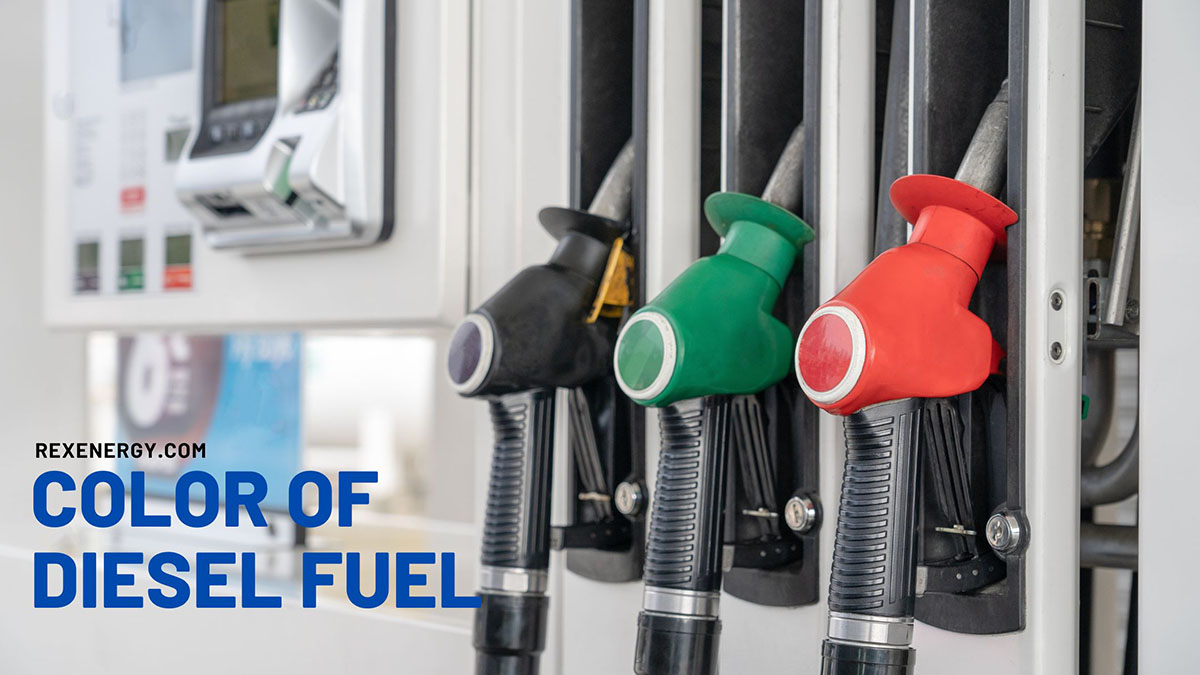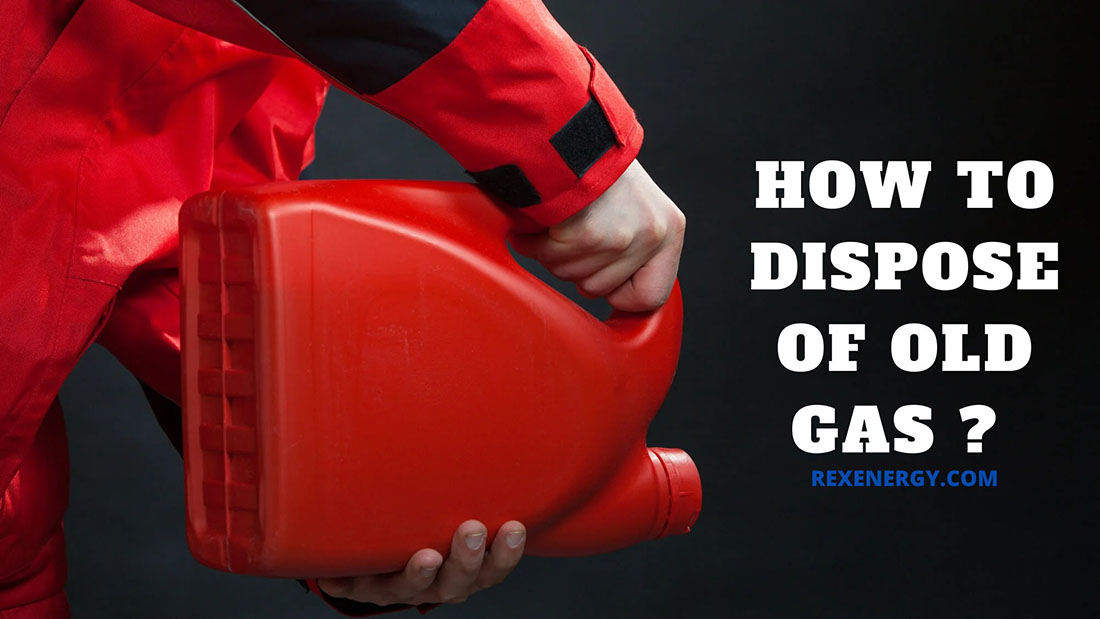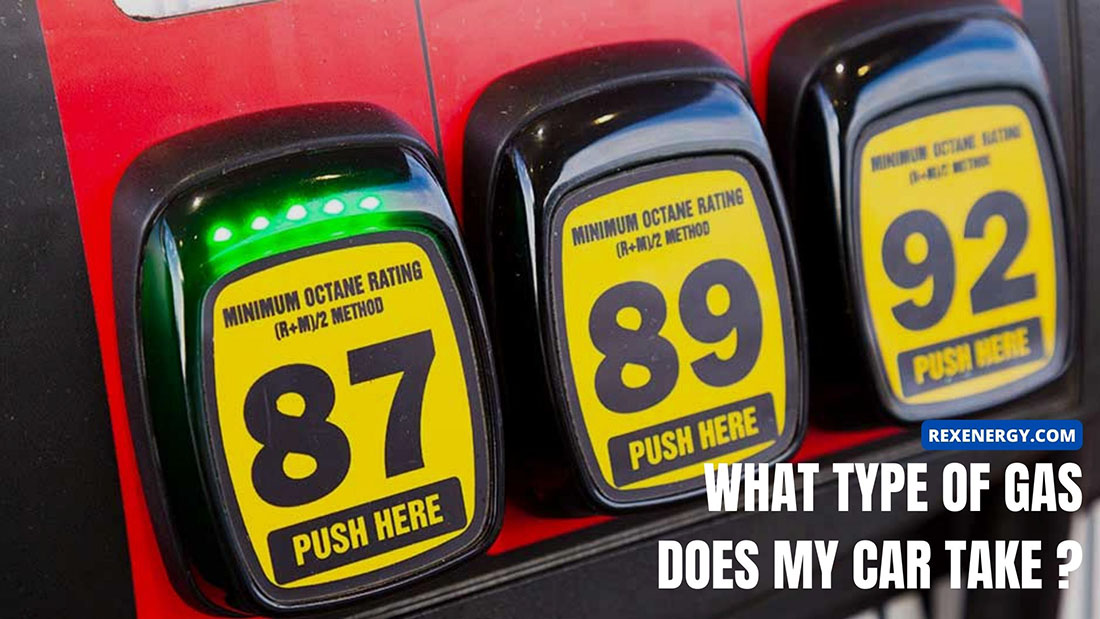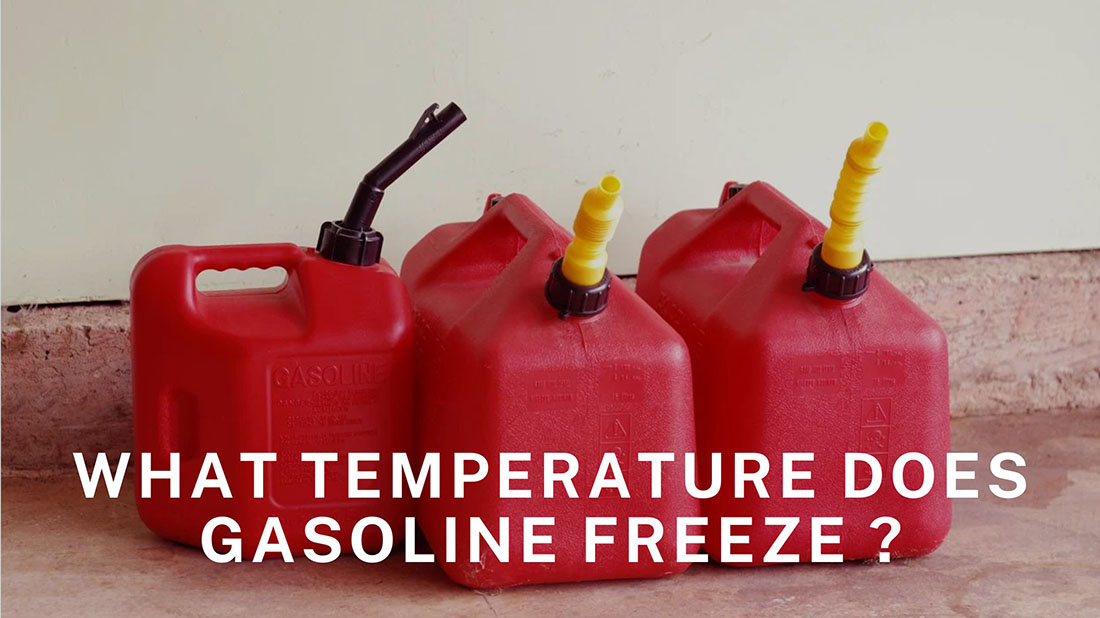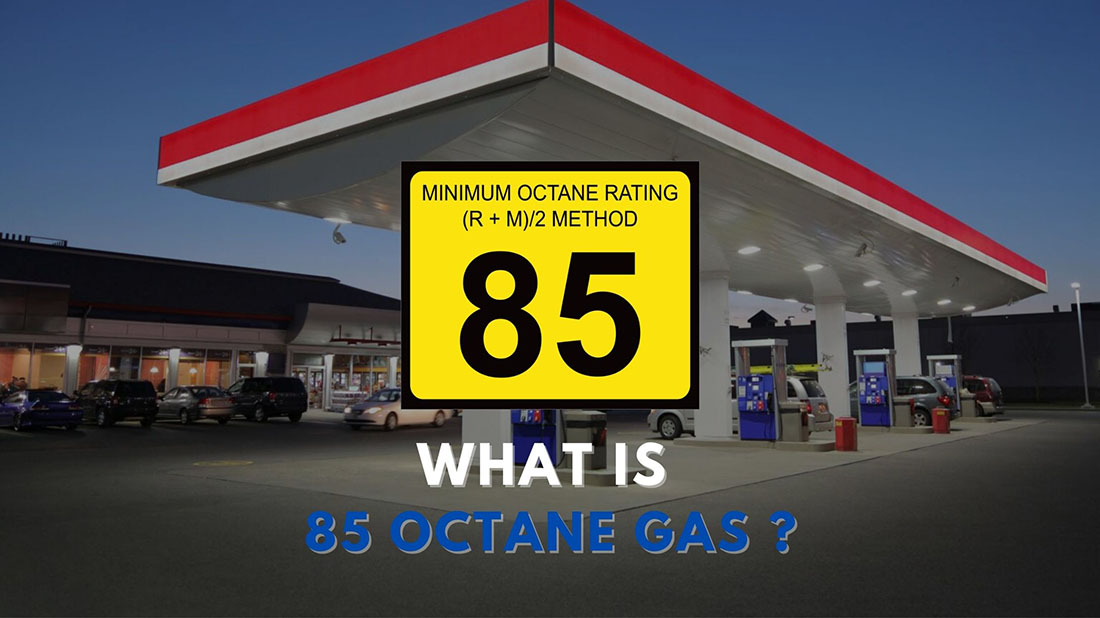What color is diesel fuel? The colors of diesel fuel may seem like a simple detail, but they hold a slew of meanings. From clear to red, blue, or green, each hue tells a unique tale about the fuel’s special purpose and use. Let’s dive into the colorful world of diesel and uncover the significance behind each shade.
What Is The Normal Diesel Fuel Color?
While diesel is clear (or slightly yellow) by nature, it is dyed to differentiate the tax status and intended use. In the United States, you can find three main colors of diesel: red, blue, or clear. Green diesel is also available for off-road use.
Clear Diesel
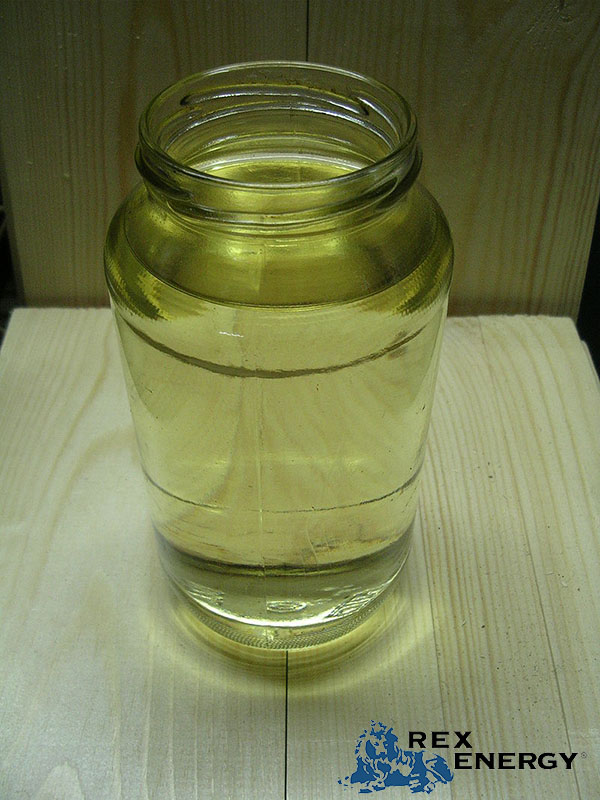
Clear diesel, also known as white diesel, is the standard and unmarked variant of diesel fuel commonly used in on-road vehicles and equipment. Its distinct characteristic is its transparent appearance, indicating the absence of any dyes or additives.
This clear hue makes it easily recognizable and suitable for general automotive use. It is taxable and the go-to option for various applications where a versatile and widely used fuel is required.
Red Dye Diesel
Red-colored diesel is a specialized variant of diesel fuel distinguished by its distinct red color, imparted by the addition of a red dye. Unlike clear diesel, it is not intended for on-road use but is specifically designed for off-road applications, including farm equipment, construction vehicles, and other machinery that operates outside conventional roadways.
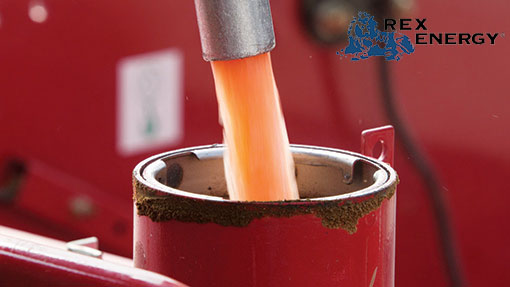
The hue of red diesel serves as a visual identifier, indicating that the fuel is not subject to road taxes and is meant for non-taxable, off-road purposes. The tax exemptions associated with red-dyed diesel make it a cost-effective choice for industries where off-road machinery is predominant.
Blue Dye Diesel
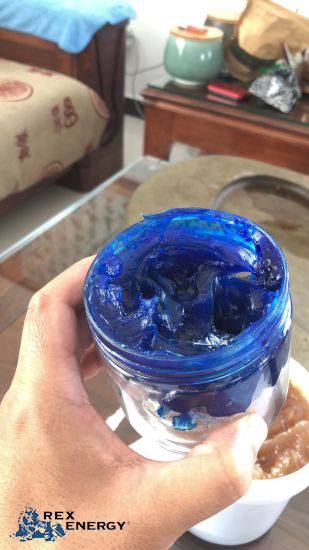
Blue diesel fuel is a specialized variation of diesel fuel serving government vehicles, such as ambulances, fire trucks, police cars, or government-owned construction equipment. As such, this type of fuel is non-taxable, and you can’t buy it at any gas station.
The blue color serves a practical purpose, helping to differentiate it from other types of diesel fuel and ensuring its proper use. This visual distinction also aids in preventing accidental cross-contamination.
Green Dye Diesel
Green dye diesel is often associated with alternative fuels like biodiesel and used for off-road equipment. This distinct color serves as a visual cue, indicating a unique fuel blend that includes renewable sources, hence its more expensive price.
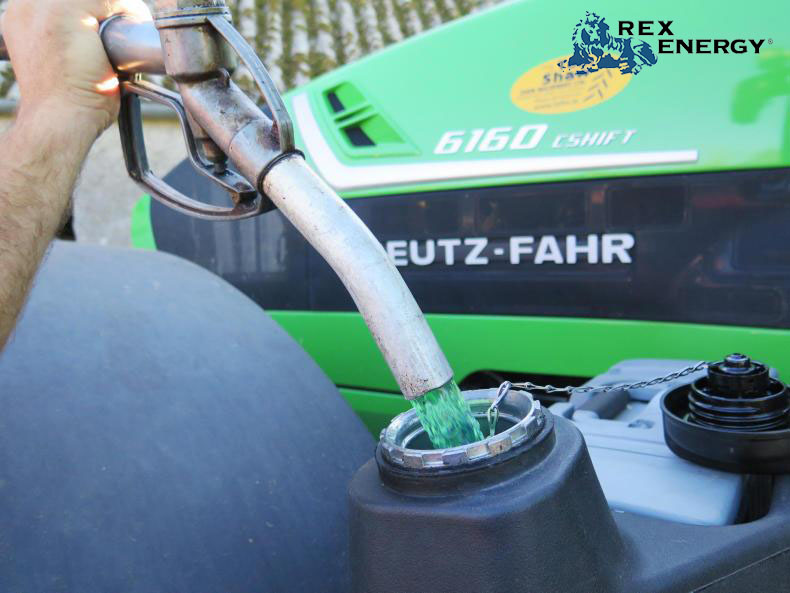
Unlike traditional diesel options, green dye diesel aligns with environmentally friendly practices and reduced carbon footprints. Its application extends beyond conventional diesel engines, emphasizing a commitment to sustainable energy solutions.
Dyed Diesel Vs Clear Diesel: The Difference
Dyed and clear diesel may share similar chemical additive compositions, but their distinctions lie in purpose, taxation, and application. Clear diesel is the standard fuel used in on-road vehicles and equipment. Its transparent appearance signifies the absence of dyes or additives, making it suitable for general automotive use.
On the other hand, dyed diesel is marked with a distinct color, commonly red, blue, or green, to indicate its designated use and tax status. Red dye diesel, for example, is intended for off-road applications, such as farm equipment and construction vehicles, and benefits from tax exemptions.
This dye acts as a visual cue, allowing authorities to easily identify if the fuel is being used improperly for on-road purposes. The color signifies a unique fuel blend and promotes awareness to prevent accidental use in standard diesel engines.
What Are The Regulations Dyed Diesel Has To Follow?
Colored diesel fuel, a distinct variant with added color for identification purposes, is subject to specific regulations to ensure proper use and taxation. In the United States, for instance, the Internal Revenue Service (IRS) governs the regulations for dyed fuel.
For instance, the red diesel is restricted for on-road use, only designated for off-road applications, such as agricultural equipment and construction machinery, and is exempt from federal excise taxes.
Federal and state authorities enforce these regulations through inspections and penalties for unauthorized use.
How To Tell If Your Diesel Fuel Is Legal
If you’re uncertain about the legality of the diesel you’re acquiring, several methods can provide clarity.
- Scrutinize the pump label: Gas stations retailing dyed diesel must prominently display labels specifying whether it’s colored or regular diesel. Ensure that the labels align with your intended use.
- Conduct a visual inspection of the fuel: To ascertain the fuel’s authenticity, observe it through a sight glass on the hose or employ a transparent container.
- Verify the pump and receipts for signs of tampering: Thoroughly check both the pump itself and the accompanying label for any indications of manipulation.
- Maintain meticulous records and retain all receipts: In case of an investigation, possessing detailed records safeguards you. If it’s discovered that you’re using improperly taxed fuel, your comprehensive documentation can clarify responsibilities and ensure a fair resolution.
Frequently Asked Questions
Does Diesel Fuel Expire?
Yes, diesel fuel can expire in 6 to 12 months or more. It may degrade due to factors like microbial contamination, oxidation, and the absorption of water. To extend its shelf life, store diesel in airtight containers at cool temperatures and regularly rotate your fuel supply.
What Happens When Diesel Gets Old?
When diesel gets old, it can degrade due to factors like oxidation, microbial contamination, and water absorption. This situation can lead to the formation of sediments, reduced fuel efficiency, and engine issues. Storing diesel in proper conditions and using fuel stabilizers can help mitigate these problems.
What Color Should Diesel Fuel Look Like?
All types of diesel fuel, whether clear or colored, should appear bright and transparent, similar to water. Cloudiness can signal potential issues, while clear and transparent fuel is a sign of good quality, which helps prevent engine problems.
The Bottom Line
So, next time you fill up your tank, pay attention to the color of the diesel fuel, as it’s not just a pigment but a key indicator of its purpose. Understanding these hues ensures you choose the right fuel for the right job, making your diesel experience more efficient. Safe travels!

